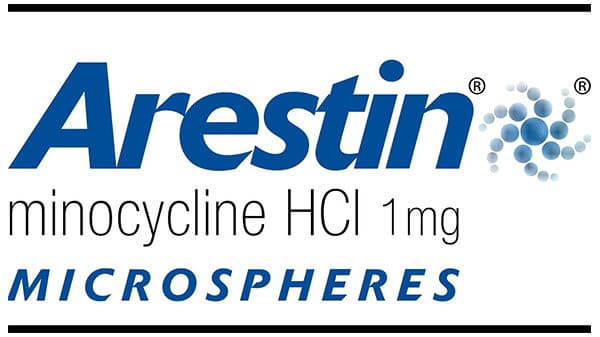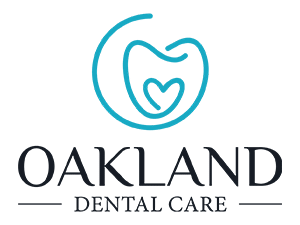
Home care is an extremely important part of maintaining healthy teeth and gums, but even excellent home care cannot prevent bacteria and plaque. If the plaque is not removed, it can harden, becoming calculus. Our experienced team offers exceptional periodontal procedures to keep your smile healthy and to treat gum disease in the mouth. Cosmetic periodontal procedures can also enhance your smile by correcting concerns such as long or short teeth, uneven gum lines, or exposed roots.
Periodontal Maintenance Program

During your visit, our team will perform an oral examination as well as an oral hygiene cleaning. We will recommend a maintenance program that is best for you based on how quickly you develop calculus and your past and current periodontal health.
During maintenance appointments, we will perform a visual inspection to detect any cavities, abnormalities in existing dental restorations, and any new gum and bone recession. Digital x-rays may also be taken when deemed appropriate.
Scaling and Root Planing

Scaling and root planing is a non-surgical procedure used to treat gum disease. Specialized dental instruments remove dental plaque and calculus from beneath the gums, known as scaling, and the tooth roots are then smoothed, known as root planing. Root planing helps the gums heal and reattach themselves to the cleaner and smoother root surface.
Periodontal Splinting

Periodontal splinting can stabilize teeth that have become loose because of bone loss caused by periodontal disease. Dr. Kook will determine if periodontal splints are needed, as sometimes careful management of the periodontal disease causes the teeth to become more stable. Periodontal splints may use stabilizing wire or ribbon, composite resin, crowns, inlays/onlays, and/or veneers to accomplish the goal of stabilizing the teeth.
Arestin®

ARESTIN® is a locally applied antibiotic that delivers minocycline microspheres in the form of a powder. It is placed directly into the infected periodontal pocket at the time of scaling and root planing procedures for easy, targeted treatment. The microspheres adhere to the surrounding surfaces to provide a sustained release of the antibiotic at the site of active infection for effective treatment. It is used in pocket depth reduction and may be used as part of a periodontal maintenance program.
Benefits of ARESTIN® include:
- No local anesthesia required
- No adhesive required
- No dressing required
- No need for removal as the microspheres are completely bioresorbed
- Remains active in the pocket for an extended period of time
Crown Lengthening

Crown lengthening procedures remove gum tissue and/or bone to expose more of a tooth’s structure. Crown lengthening can address a gummy smile or a smile where teeth surfaces are covered by excess gingival tissue causing the teeth to appear smaller. This procedure may be performed cosmetically or may also be performed to help improve gum health.
Gum Grafting

Gum grafting treats root exposure resulting from receded gum tissue. Tissue is removed from the roof of the mouth or from gum tissue near the tooth and stitched into the area needing gingival repair.
Bone Grafting

Bone grafting is the replacement or enhancement of bone around teeth. When a tooth is lost, the surrounding bone collapses. Bone grafting is performed to reverse bone loss or enhance bone. The bone can be taken from parts of the body or from synthetic material. Bone grafting allows for proper support of dental implants or prostheses.
Osseous Surgery (aka Pocket Depth Reduction)

Pocket depth reduction is a surgical procedure used to smooth and reshape affected bone under the gum tissue. This procedure is performed when a pocket around a tooth (or teeth) has not responded to other treatments. It creates a shallow pocket that makes it difficult for bacteria to survive and cause bone loss and, ultimately, tooth loss.
Bone Regeneration and Ridge Preservation

Bone regeneration is a periodontal surgical procedure that regenerates jaw bone and surrounding tissue. This procedure is often performed to protect your existing teeth and the tissues that keep them in place from bacterial plaque. The gingival tissue is folded back to remove the disease-causing bacteria. Membranes, bone grafts, or tissue-stimulating proteins can be used to encourage the body’s natural ability to regenerate bone and tissue.
Ridge preservation involves placing a regenerative bone grafting material into empty tooth sockets to rebuild bone where an extraction has left an empty, weakened area. This process encourages your body’s natural capacity to regenerate bone.
There are different stages of periodontal disease, but the first sign is inflamed, often bleeding gums as well as the buildup of plaque. More advanced symptoms are:
- Gums pulling away from teeth, forming pockets.
- Receding gum lines
- Bleeding, inflamed gums
- Loose teeth
- Pain while chewing
- Severe bad breath
- Foul taste in your mouth
- Tooth loss
The best way to determine whether or not you have periodontal disease is to visit your dentist. A professional dental team will be able to determine if you have it, what stage you are in, and the best treatment options for you.


